Polygon Characteristics -> mass
Mass
In math, mass refers to the amount of matter in an object. It is often measured in units such as grams (g) and kilograms (kg).
Understanding Mass
To understand mass, it's important to know the following concepts:
- Measurement Units: Mass is typically measured in grams and kilograms. 1 kilogram (kg) is equal to 1000 grams (g).
- Comparing Mass: When comparing the mass of two objects, you can use terms like "heavier than," "lighter than," or "equal to."
- Using Scales: Mass can be measured using a scale. A balance scale is commonly used to compare the mass of different objects.
Calculating Mass
To calculate the mass of an object, you can use the following formula:
Mass = Weight / Acceleration due to gravity
For example, if the weight of an object is 50 N (Newtons) and the acceleration due to gravity is 9.8 m/s², then the mass would be:
Mass = 50 N / 9.8 m/s² ≈ 5.1 kg
Study Guide
Here are some key points to remember when studying mass:
- Mass is the amount of matter in an object.
- It is measured in grams (g) and kilograms (kg).
- 1 kilogram (kg) = 1000 grams (g).
- Objects can be compared based on their mass using terms like "heavier than," "lighter than," or "equal to."
- Mass can be calculated using the formula: Mass = Weight / Acceleration due to gravity.
Understanding mass is essential for various math problems and real-life applications, such as measuring ingredients in cooking or determining the weight of objects.
.◂Math Worksheets and Study Guides Fifth Grade. Polygon Characteristics
Study Guide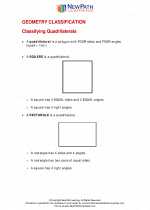 Polygon Characteristics
Polygon Characteristics  Worksheet/Answer key
Worksheet/Answer key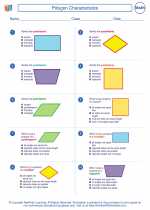 Polygon Characteristics
Polygon Characteristics  Worksheet/Answer key
Worksheet/Answer key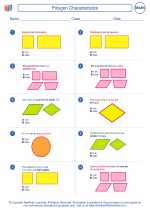 Polygon Characteristics
Polygon Characteristics  Worksheet/Answer key
Worksheet/Answer key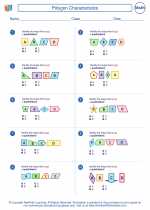 Polygon Characteristics
Polygon Characteristics  Worksheet/Answer key
Worksheet/Answer key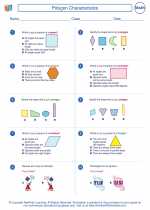 Polygon Characteristics
Polygon Characteristics  Worksheet/Answer key
Worksheet/Answer key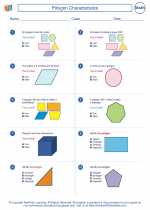 Polygon Characteristics
Polygon Characteristics  Worksheet/Answer key
Worksheet/Answer key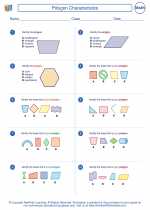 Polygon Characteristics
Polygon Characteristics  Worksheet/Answer key
Worksheet/Answer key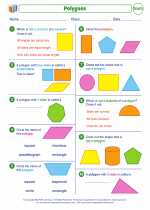 Polygons
Polygons  Worksheet/Answer key
Worksheet/Answer key Shape Up
Shape Up  Vocabulary/Answer key
Vocabulary/Answer key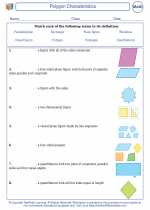 Polygon Characteristics
Polygon Characteristics 

 Worksheet/Answer key
Worksheet/Answer key
 Worksheet/Answer key
Worksheet/Answer key
 Worksheet/Answer key
Worksheet/Answer key
 Worksheet/Answer key
Worksheet/Answer key
 Worksheet/Answer key
Worksheet/Answer key
 Worksheet/Answer key
Worksheet/Answer key
 Worksheet/Answer key
Worksheet/Answer key
 Worksheet/Answer key
Worksheet/Answer key
 Vocabulary/Answer key
Vocabulary/Answer key

The resources above cover the following skills:
Geometry (NCTM)
Analyze characteristics and properties of two- and three-dimensional geometric shapes and develop mathematical arguments about geometric relationships.
Identify, compare, and analyze attributes of two- and three-dimensional shapes and develop vocabulary to describe the attributes.
Classify two- and three-dimensional shapes according to their properties and develop definitions of classes of shapes such as triangles and pyramids.